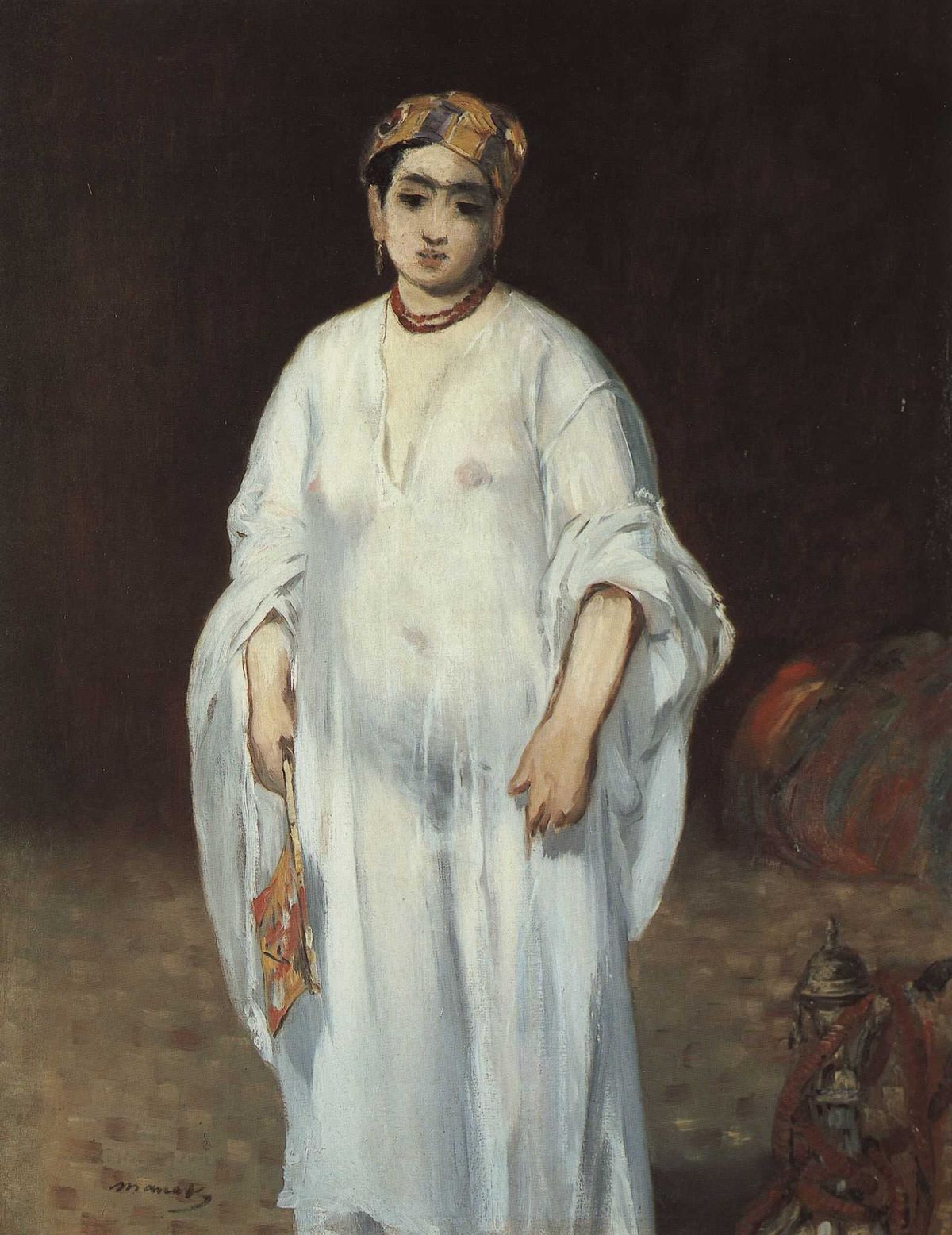The foundation that oversees the troubled Bührle collection says it has reached a settlement with the heirs of a Jewish collector that allows an important painting by Édouard Manet to remain on display at the Kunsthaus Zurich.
Manet’s La Sultane, painted in around 1871, is one of about 200 works that have been on loan from the collection to the Kunsthaus since 2012. The collector, Emil Bührle, became the richest man in Switzerland during the Second World War by selling anti-aircraft cannons to both the Allies and Nazi Germany. He benefited from slave labour and is known to have purchased Nazi-looted art.
When the collection went on show in a new extension at the Kunsthaus in 2021, it provoked a scandal. In his book The Contaminated Museum, the historian Erich Keller called the provenance reports on the Bührle foundation’s website “a filter which withholds decisive facts.” Many argued that the Kunsthaus should never have accepted the loan. Faced with an outcry, the city and canton of Zurich and the trustees of the Kunsthaus commissioned an independent report, led by the president of the German Historical Museum, Raphael Gross.
Gross described the collection as “particularly tainted, on a scale that is possibly unique in Switzerland”. The report found that the Foundation E. G. Bührle’s provenance research was inadequate and that its published findings omitted many former Jewish owners of works.
Bührle purchased La Sultane in 1953 from the art dealer Paul Rosenberg, who had acquired it in 1937 from the Jewish industrialist Max Silberberg. Silberberg built a renowned collection comprising as many as 250 works for his magnificent villa in Breslau, now Wroclaw in Poland. In 1935 he was forced to sell his villa to the SS. His company was liquidated. He and his wife, Johanna, were deported in 1942 and are presumed to have been murdered at Auschwitz.
The Foundation E.G. Bührle Collection said in a statement that it takes the view that Silberberg decided to sell La Sultane before Adolf Hitler seized power because he gave it to Rosenberg on consignment in 1932, and that the sale was therefore not due to Nazi persecution. The collector had already been forced to auction some French Impressionist works during the Great Depression.
Silberberg’s legal successor, however, the London-based Gerta Silberberg Discretionary Trust, is of the opinion that the sale to Rosenberg was a consequence of Nazi persecution, the Bührle foundation said in a press release. It is also not known whether Silberberg ever received the proceeds of the 1937 sale to Rosenberg. The two parties agreed to keep the details of their settlement confidential, it said.
The painting will remain in the Bührle collection.
The foundation said last year that it plans to seek settlements with the heirs of the previous Jewish owners of five other important Impressionist paintings in its collection which have been removed from display at the Kunsthaus.
These are Gustave Courbet’s Portrait of the Sculptor Louis-Joseph (1863), an 1895 painting by Claude Monet of his garden in Giverny, The Old Tower (1884) by Vincent van Gogh, Henri de Toulouse-Lautrec’s 1891 portrait of Georges-Henri Manuel and Paul Gauguin’s 1884 La route montante (The Ascending Road).


